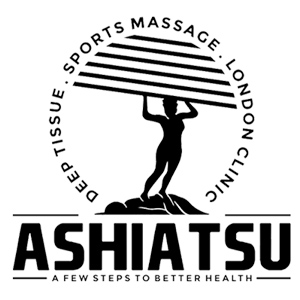During our London deep tissue massage, you may feel pain or discomfort in the areas that have been giving you trouble. Most of the time, this kind of massage therapy hurts, and most clients describe it as a “pleasant pain” that hurts and feels good simultaneously.
First, a deep tissue massage needs a lot of pressure to get to the deepest parts of the muscle. This kind of therapy can help with chronic aches and pains. The parts of the body that get massaged the most are the upper back, lower back, and neck. Some people, especially athletes, may be interested in this shoulder and leg therapy.
Is there any benefit to suffering?
Pain, like sore muscles after a workout, does not reflect that your deep tissue massage was effective. Always notify your massage therapist if you are in extreme pain. The massage therapist can change how much pressure is used and how the rest of the session goes.

After receiving a deep tissue massage, what can you anticipate?
Because our deep tissue massages in London require firm pressure, you may experience the following after receiving one::
Pain:
Since your muscles have never had deep therapy, they may hurt, which needs to stop. If it doesn’t, you should immediately call your massage therapist and put ice on your back or wherever it hurts. You might get a small headache after a deep tissue massage, which is normal and will go away over time.
Sleepiness:
It is natural to feel tired or worn out after receiving a massage. This could be because your muscles are (finally) relaxing or your stress level has decreased. After a massage, it’s okay to go to bed because the effects shouldn’t last too long. Some people have even fallen asleep while getting massages.
What makes it hurt?
To treat pain and heal damaged muscles, our London Deep tissue massage utilizes the same methods and techniques as other types of massage, such as Swedish or relaxation. However, because DTM aims to reach the deepest layers of tissue surrounding the muscles, the body parts being treated are subjected to significantly more pressure (called fascia).
Our Deep tissue massage therapists try to remove scar tissues (called adhesions) deep in the muscles, which helps relieve chronic muscle tension and relax the body. When asked why their services can be painful, many DTM practitioners blame it on the amount of pressure applied to the muscles of the affected body region to break up the scar tissue.
Massage therapists use pressure and deep strokes to reach the inner layers of muscle fibers and hard tissues. This helps relieve stiffness, areas of the body that are too tight, muscle knots, and tight muscles. The pressure is gradually increased to reach deeper layers and break up adhesions, and the strokes are made stronger.

Even though there is some pain, it is important to let your massage therapist know if the pain is too much. Because the patient is constantly stimulated, the treated area may become irritated. But it would help if you didn’t worry because the pain and swelling would disappear in a few days.
Deep Tissue Massage can also be painful if it is done by a massage therapist who isn’t skilled and uses too much force or worsens a problem. You can avoid much pain and suffering if you choose a professional massage therapist and tell your masseuse about any injuries you’ve had in the past.



